Tsonga Dresses For Makoti
In the vibrant mosaic of South African cultures, the Tsonga people stand out for their rich traditions, colorful celebrations, and captivating attire. Among the many elements of Tsonga culture, traditional dresses hold a special significance, especially for makoti (new brides). Adorned with intricate beadwork, bold patterns, and vibrant colors, Tsonga dresses for makoti are not just garments but embodiments of cultural pride, heritage, and identity.
The Beauty of Tsonga Dresses For Makoti
Tsonga dresses for Makoti are renowned for their elegance, grace, and attention to detail. Crafted from fine fabrics such as cotton, silk, or satin, these dresses are tailored to perfection, flattering the wearer’s silhouette while exuding sophistication and charm. Each Tsonga dress is a testament to the skill and artistry of Tsonga artisans, who infuse every stitch with meaning and symbolism.
Embracing Tradition
At the heart of Tsonga dresses lies a deep respect for tradition and ancestry. The designs, colors, and motifs incorporated into these dresses are not chosen at random but are steeped in cultural significance. For example, the vibrant hues of red, yellow, and blue symbolize joy, prosperity, and vitality, while geometric patterns represent unity, harmony, and interconnectedness within the community.
The Role of Beadwork
Beadwork is a central feature of Tsonga dresses, adding an extra layer of beauty and symbolism to these garments. Intricately woven into the fabric or sewn onto the dress in elaborate patterns, beads serve as a form of communication, conveying messages of love, protection, and cultural pride. Each bead is carefully selected for its color and shape, with certain combinations holding specific meanings passed down through generations.
The Headpiece
No Tsonga ensemble is complete without a stunning headpiece, which serves as the crowning glory of the makoti’s attire. Traditionally, Tsonga brides wear a headdress adorned with beads, feathers, and shells, creating a regal and majestic look. The headpiece not only adds to the overall aesthetic but also signifies the bride’s status and importance within the community.
Passing Down Traditions
For Tsonga makoti, wearing traditional dresses is not just a fashion choice but a way of honoring their cultural heritage and preserving ancestral traditions. From a young age, girls are taught the art of beadwork and dressmaking by their mothers and grandmothers, ensuring that these skills are passed down from generation to generation. Through the wearing of Tsonga dresses, makoti pay homage to their ancestors and reaffirm their connection to their cultural roots.
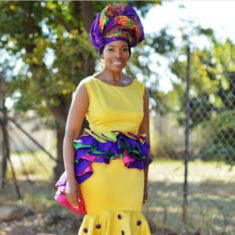
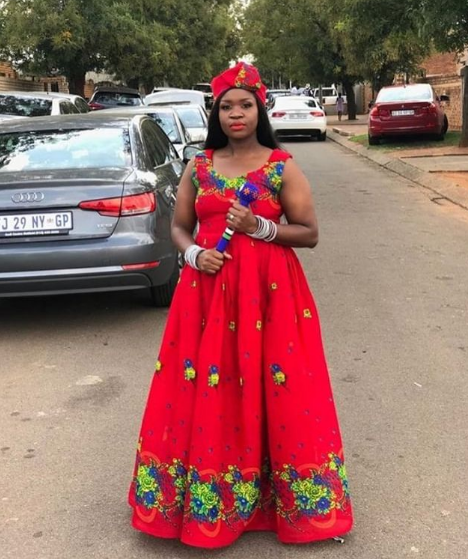
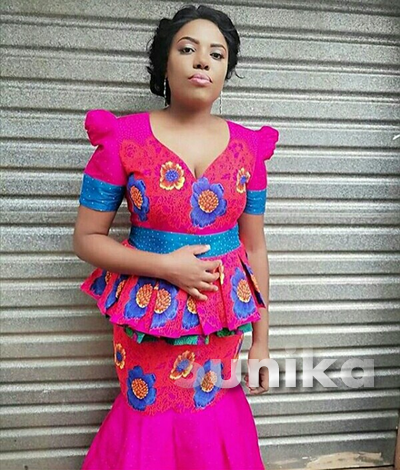
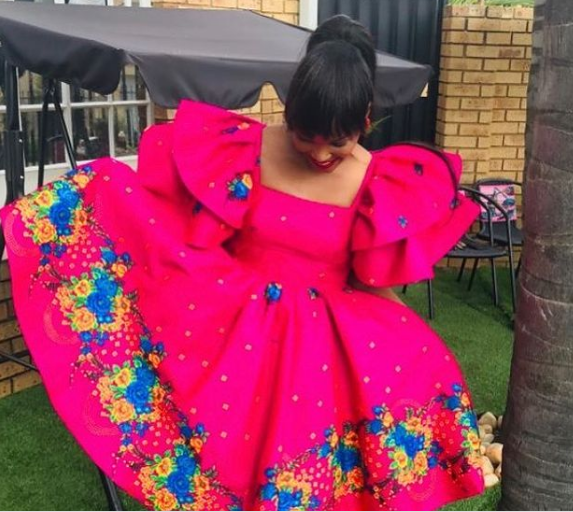
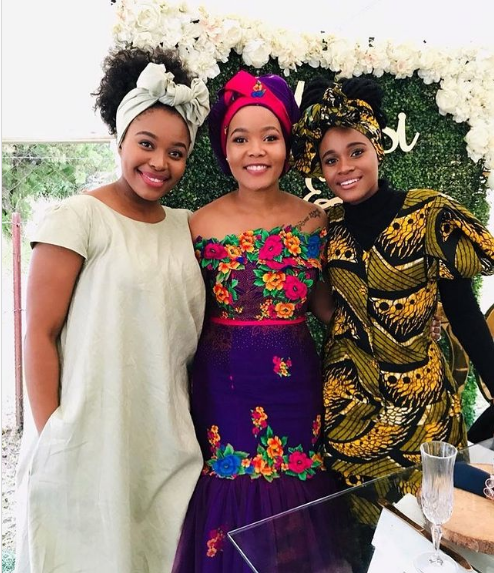

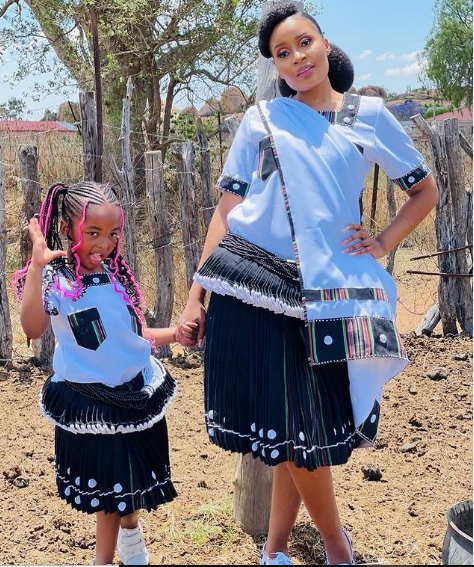
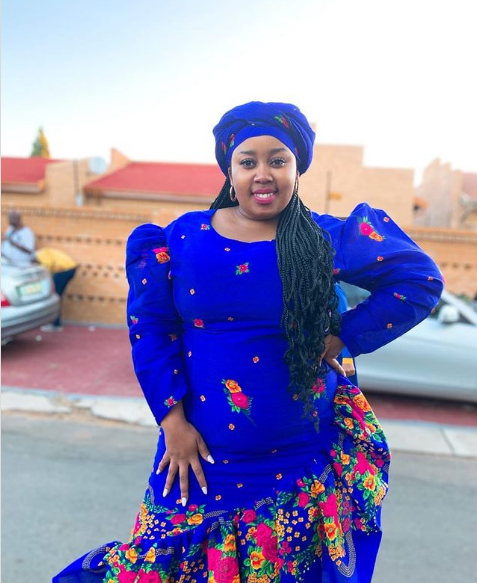
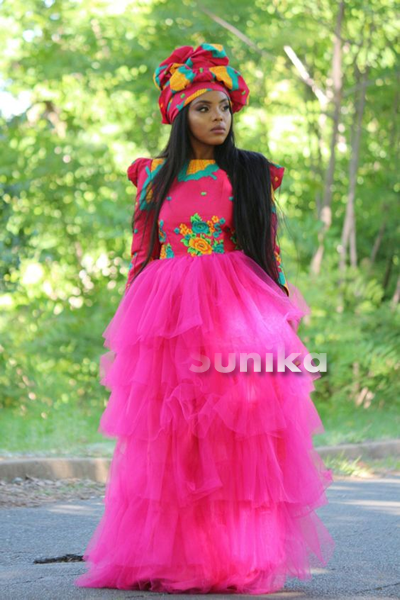

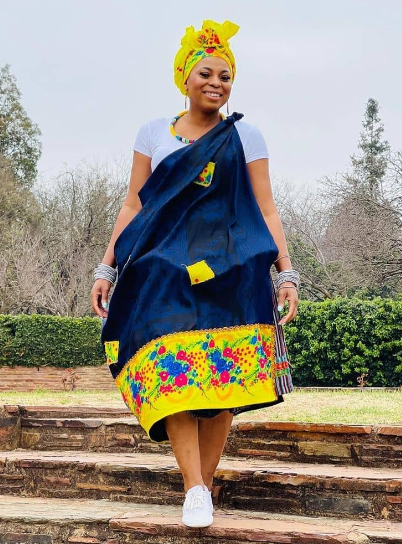
Conclusion
Tsonga dresses for makoti are more than just garments; they are symbols of pride, identity, and cultural heritage. With their intricate beadwork, vibrant colors, and timeless elegance, these dresses capture the essence of Tsonga culture and celebrate the rich tapestry of South African traditions. As we embrace love, marriage, and community, let us also celebrate the beauty and diversity of Tsonga attire, ensuring that its legacy continues to thrive for generations to come.


